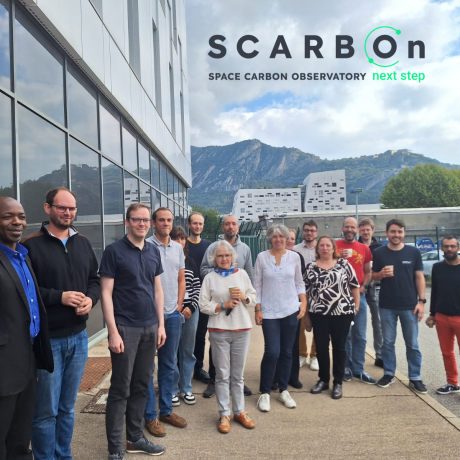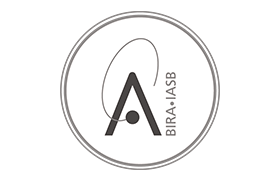SPACE CARBON OBSERVATORY next step Project (SCARBOn)
Space CARBon Observatory next step (SCARBOn) is an innovation project funded under the EU Horizon Europe Programme. A 100% European collaborative project developing a system of greenhouse gas (GHG) emissions monitoring from space. SCARBOn’s mission is to design the most efficient formation of satellites, carrying innovative sensors NanoCarb and SPEXone for accurate monitoring of CO2 and CH4 emissions.
About SCARBOn Space CARBon Observatory next step
In response to the global goal to combat climate change and meet the objectives set in the 2015 Paris Agreement, accurate tracking of anthropogenic greenhouse gases emissions and evaluation of their reduction efforts have become imperative.
Recognizing the need for precise data, the European Union has called for more detailed spatial and temporal GHG monitoring based on space observations.
Launching of the SCARBOn project in January 2024, a groundbreaking innovation action funded by the EU Horizon Europe programme, represents a clear answer to the challenges that lie ahead. The ambitious SCARBOn project is led by Airbus Defence and Space SAS in Toulouse, France, and carried out by a diverse consortium of excellent innovation partners from six EU Member States. The project goal is to design a constellation of small satellites which will track carbon dioxide (CO2) and methane (CH4) emissions in the Earth athmosphere.
The SCARBOn satellite concept is built on the employment of the cutting-edge miniaturised static spectrometer sensor NanoCarb along with the aerosol sensor SPEXone.
SCARBOn project represents a next step in the space-based greenhouse gas monitoring system initiated by its successful predecessor the SCARBO project (funded under the EU Horizon 2020 Programme in the period 2017-2021).
SCARBOn Objectives
The SCARBOn project strives to mature the overall GHG monitoring system based on a constellation of small satellites carrying miniaturised static spectrometer sensor (NanoCarb) coupled with aerosol sensors (SPEXone) to track the atmospheric greenhouse gases accurately, sub-daily and in high spatial resolution. SCARBOn defines three main objectives to be met:
Technical and Industrial Definition of NanoCarb Instrument and Validation of SCARBOn Satellites' GHG Monitoring Capabilities:Technological development and refinement of the NanoCarb instrument will enhance its performance. The end-to-end validation of SCARBO satellites' GHG monitoring capabilities will involve simulating the entire data retrieval chain—from raw instrument measurements to flux estimation at point sources.
Satellite Constelation Concept Optimisation:Optimizing the constellation concept by adding autonomy and configurability into the mission, addressing short-term industrial implementation, and enhancing the overall system performance for the GHG monitoring instrument, NanoCarb.
Upgraded NanoCarb Prototype Demonstration by Airborne Campaign:Validation of NanoCarb‘s ability to reliably monitor GHG emissions and to process data in high quality.












